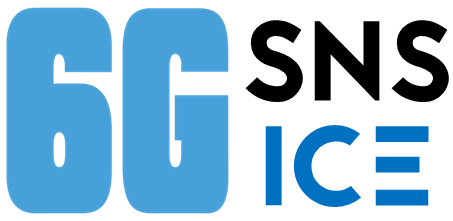INSTINCT
Mobility
Drones, vehicles and other autonomous agents in future networks are seen as a way to extend the notion of coverage to that of intelligent connectivity. They can be essential in emergency cases when backhaul/front-haul nodes stop operating due to malfunctioning or physical disaster. Due to the failure of a remote radio head, a drone can be deployed with attached remote radio head to serve the affected users. Vehicles can be equipped with transceivers for reliable fast communication of road/traffic conditions to preceding cars (vehicle-to-vehicle - V2V). Moreover, traffic lights may dispatch critical information to vehicles approaching (vehicle-to-everything -V2X). Intelligent connectivity in dynamic network topologies will largely depend on the integration of advance sensing technologies (based on either radar or intelligent surfaces sensing functionalities) and Artificial Intelligence and Machine Learning principles. Integrated sensing and communication are natural in scenarios with autonomous agents, as they rely on a variety of sensors (e.g., radar, camera, lidar) to map their environment and localise themselves, while communication is needed for coordination and sharing information beyond the field of view of local sensors. To adequately support such a dynamic network topology, fast varying wireless propagation and various associated challenges, such as around-the-corner connectivity, blind spots etc., the use of intelligent surfaces and holographic MIMO is key. This use case combines requirements of autonomous mobility, accurate localisation and tracking/navigation with reliability, availability, resilience and intelligence.
 Automotive/ Transport/ Logistics
Automotive/ Transport/ Logistics
INSTINCT


